The gaming industry is constantly changing and developing. Sometimes, you need to sit down and look back at the past years, see what we did and what we played in the past. A selection of games that we enjoyed playing in the past, and you can play them now.
5 Years Ago — For Honor

Games firearms are a dime a dozen, but about cold, on the contrary, criminally few. And in February 2017, one of the best representatives of the niche, For Honor, just came out. At the heart of the knightly network action are intense duels with swords, spears, halberds, katanas, and many other piercing and cutting objects. Here, reaction speed is no more important than cunning and tactics. Each strike carries the potential for critical consequences for both the adversary and the combatant: a misguided attempt at offense can leave one vulnerable to a swift reprisal; misinterpreting an adversary's thrust could result in a significant loss of health, which can usually withstand only three or four significant impacts. In these combat encounters, both the hazards and the payoffs are exceptionally great.
Of course, the entire game is not solely limited to duels. For Honor offers a variety of modes, but even the usual entertainment, like point control, feels more cheerful thanks to the crowds of bots in the crowd, creating the impression of a large-scale siege of the fortress. The arenas are diverse and well thought out: there is verticality everywhere, and abysses and traps are placed in the right places where enemies can be driven. And there are a lot of fighters to choose from — however, you will have to pay extra for most of them.
At the end of the development of For Honor, the game director, Jason Vandenberg, no longer controlled the creative process as he would have liked; in fact, the studio management removed him from his own brainchild. Soon, he left Ubisoft, and she continued to support For Honor as usual, with numerous season passes and other paid DLC. However, there is a good side to this — the base game was distributed for free, and perhaps similar promotions are waiting for us in the future. The starter kit is relatively meager, but it is enough to enjoy an excellent combat system that has not aged at all over the past five years.
10 Years Ago — Syndicate
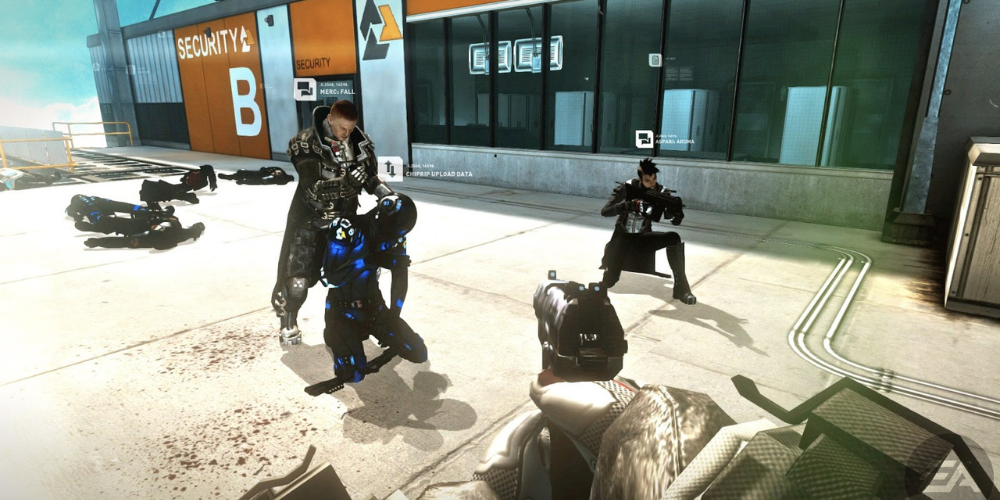
The original Syndicate of 1993 was one of the first truly successful games in the cyberpunk setting. Cyborg agents in black raincoats, sabotage of competitors, and the struggle for world domination: the game clung to tactics, strategy, and entourage. Syndicate's rebirth, released twenty years later, got only the entourage — and it became, perhaps, the brightest component of the game.
Syndicate 2012 is a first-person shooter developed by the Swedish studio Starbreeze, previously famous for such outstanding games as The Darkness and The Chronicles of Riddick. Although the Syndicate did not gain fame, it had something to remember: the use of hacking right in battle, unpredictably behaving enemies, and, as a result, high complexity, noticeably distinguishing the game from other linear shooters. The cooperative mode, requiring the coordinated work of several agents and the gradual pumping of implants, evoked memories of classic tactics.
Sadly, in the summer of 2020, EA abruptly took Syndicate off sale and eliminated it from the list of backward-compatible games for Xbox One without providing any explanation.
15 Years Ago — Supreme Commander
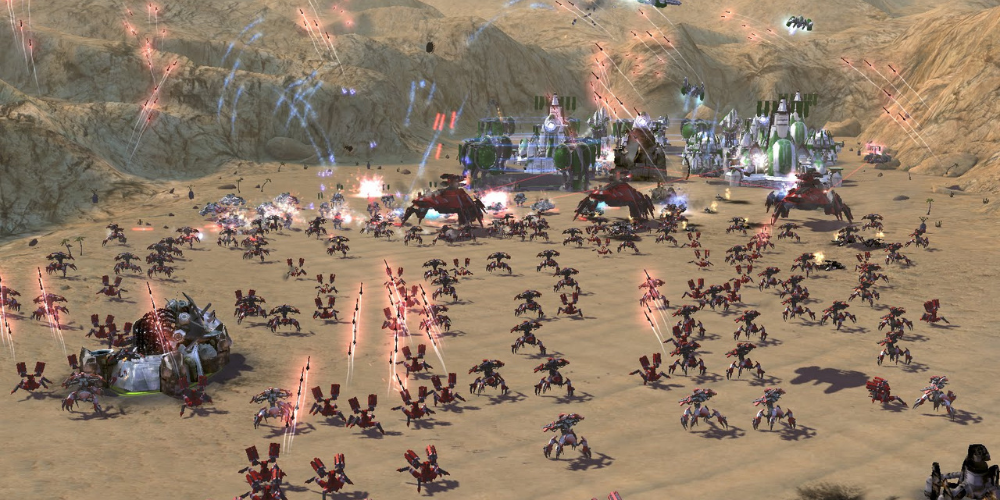
Chris Taylor, the author of Total Annihilation and Dungeon Siege, has a craving for gigantism: if you really do a strategy, he believes, so on a grand scale. Supreme Commander was the last RTS series that Taylor worked on —and in it, he gave his all. Huge maps, an exorbitant number of units, epic mission lengths, in which you often have to fight on several fronts… There are only three factions in Supreme Commander — humans, cyborgs, and space cultists — but the balance between them has been verified very carefully, and each unit and building certainly has its own application. Supreme Commander seemed to have gathered all the best and worst features of RTS, and fans of the genre appreciated it. For the rest, the entry threshold turned out to be too high because Supreme Commander is a game about war: collecting resources and building units in it does not take much time and effort, but fighting requires extreme attention and micromanagement.
At launch, the game impressed with the support of multiple monitors (actually required to keep track of everything) and multi-core processors (actually required to pull all these epic battles), which no one really had at that time. But it's better not to remember about its port on the Xbox 360: it slowed down very much.
20 Years Ago — Command & Conquer: Renegade
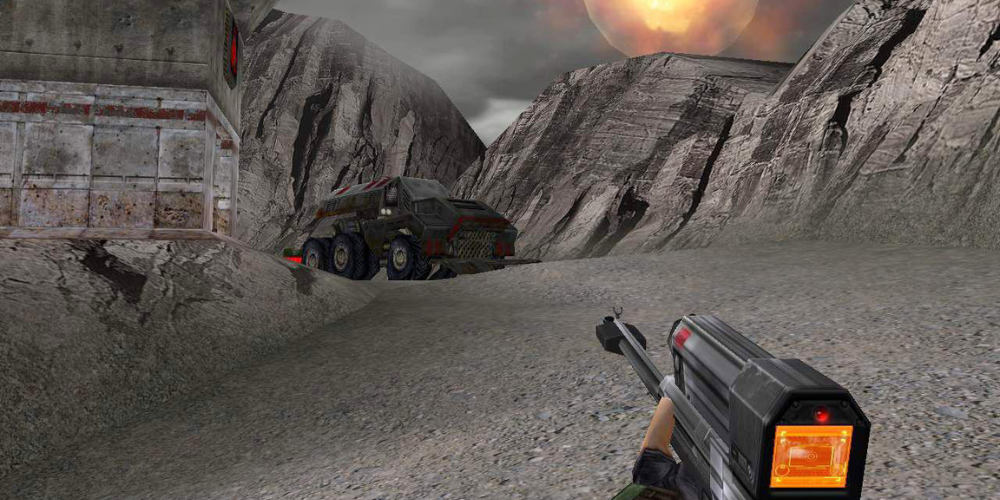
But in February 2002, another iconic strategic series received an atypical spin-off. Command & Conquer: Renegade is a first- or third—person shooter (of your choice) that takes place at the end of the first war for Tiberius. We have to play as a GDI soldier who undermines the villainous plans of the NOD brotherhood all over the planet.
Renegade allows you to get to know the world better, which you previously had to look at from a bird's-eye view: go into familiar buildings and ride equipment. For complete immersion, there is not enough except branded screensavers with live actors, without which Command & Conquer is difficult to imagine.
However, at the time of the release, Renegade could no longer please with either advanced graphics or impressive gameplay: it was a fanservice project for C&C fans ... who, obviously, were much more interested in strategies. Weak Renegade sales were one of the reasons for the closure of the Westwood studio in 2003.
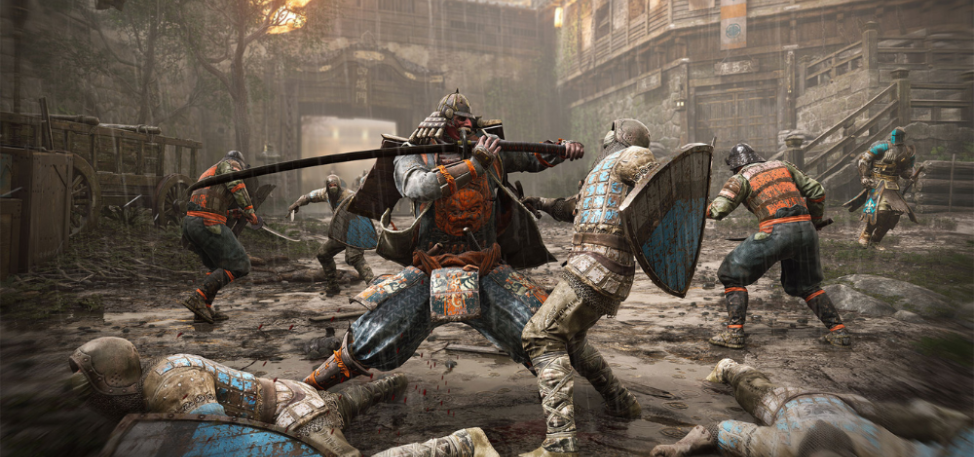
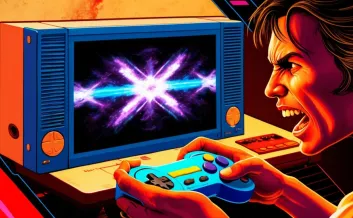







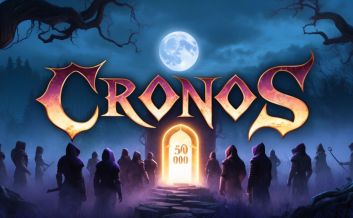
Leave a comment
Your comment is awaiting moderation. We save your draft here
0 Comments